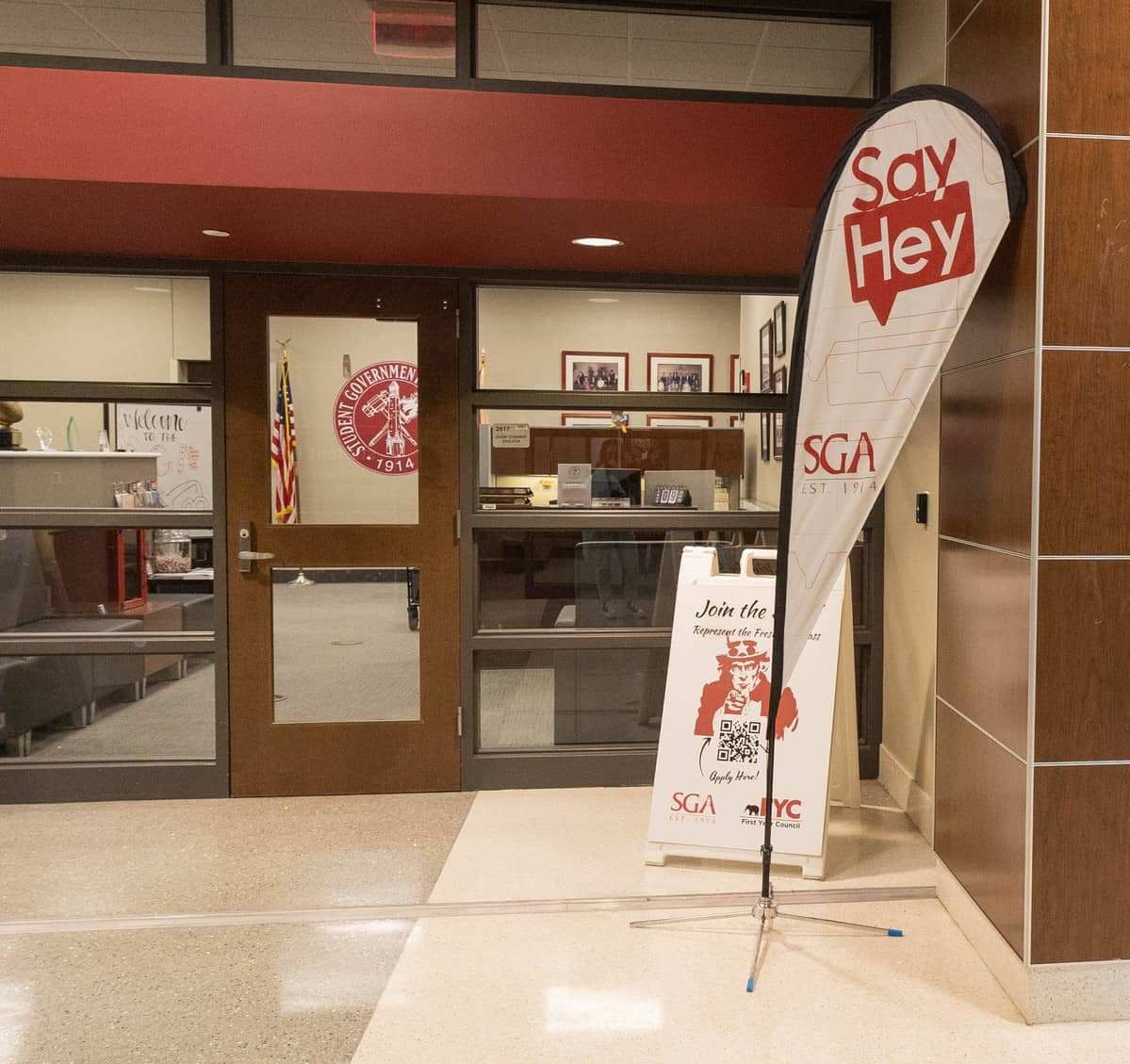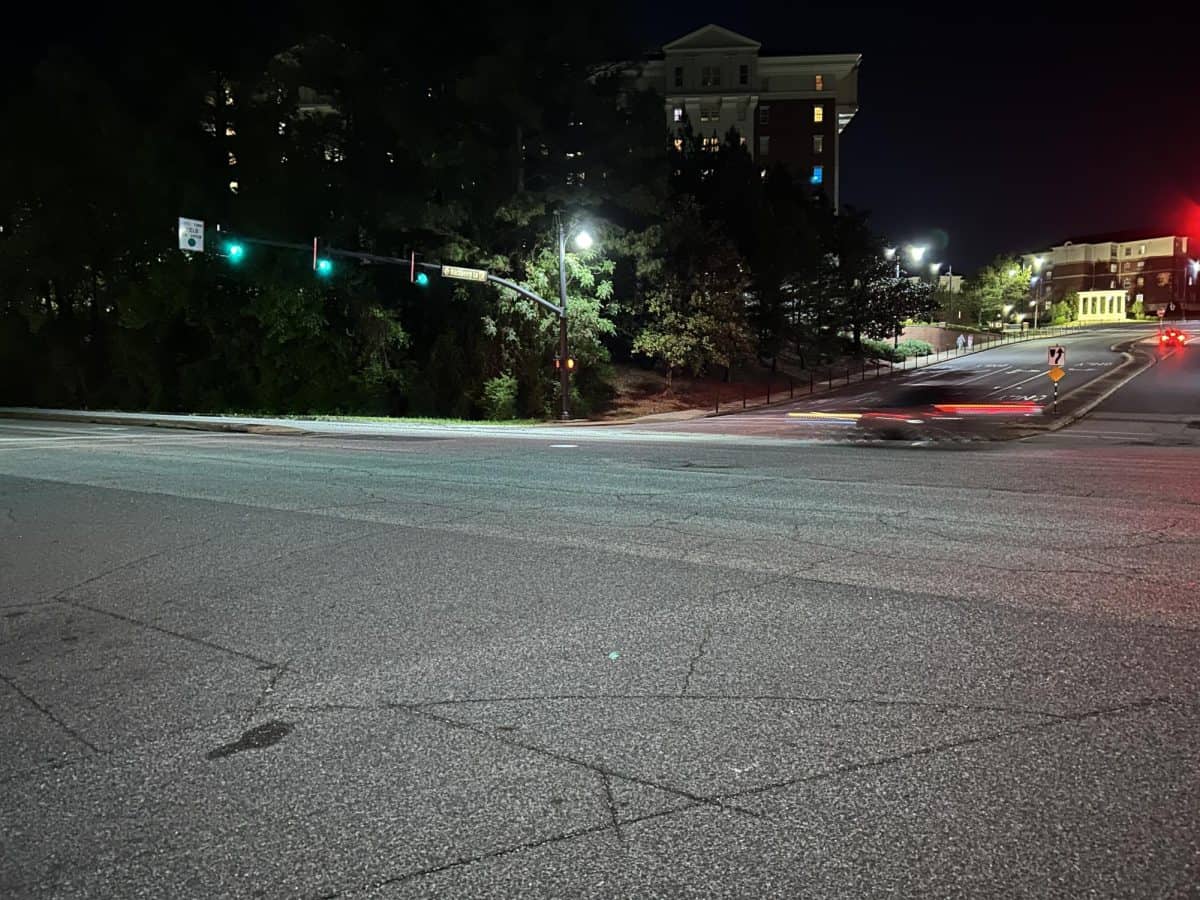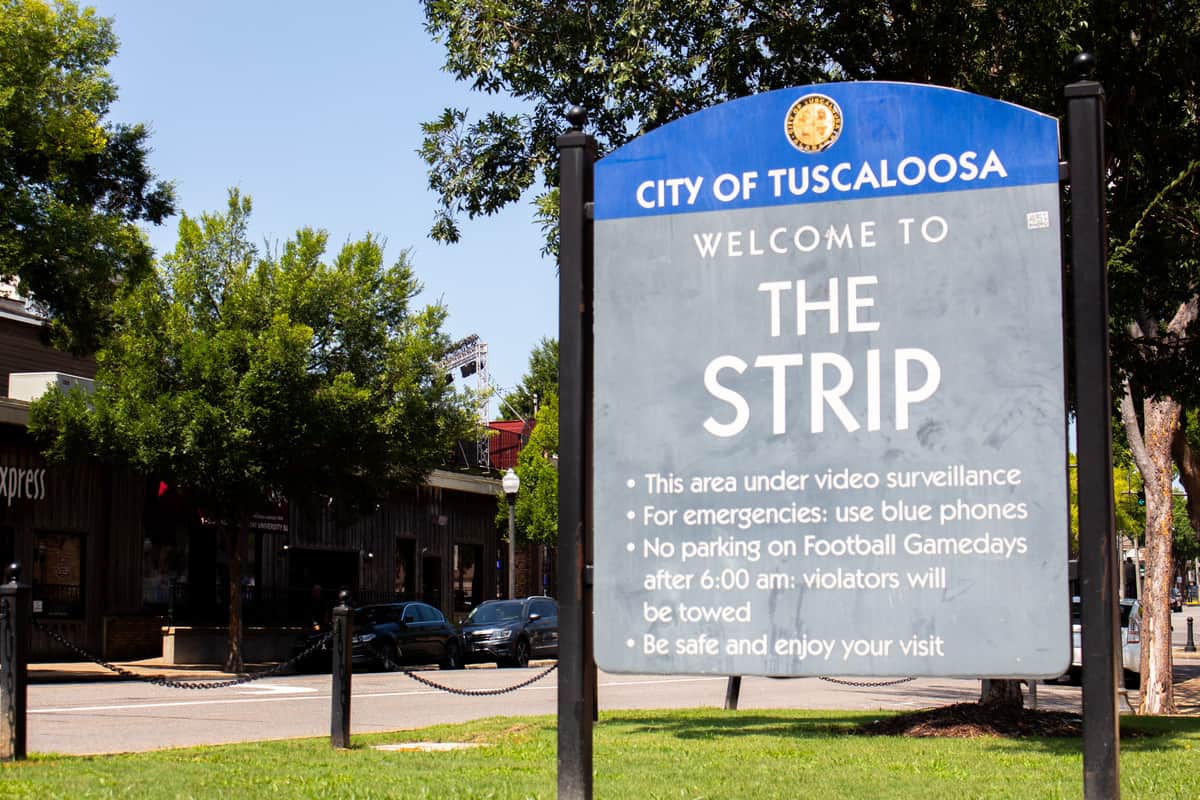The number of academic misconduct cases at The University of Alabama have declined in recent years, despite an increase in population and prevalence of modern technology in the classroom.
According to a list of academic misconduct offenses over 10 years provided by a UA spokeswoman, cases of misconduct reached a relative high during the period of 2004-2009 but have seen a relative decline in recent years.
This fall, 71 cases were reported, as opposed to 79 in fall 2011. Offenses for the decade peaked in spring 2005, when 158 cases were reported.
According to the list, academic misconduct is most prevalent in the College of Arts & Sciences and the College of Engineering, on average.
Mark Nelson, the vice provost and vice president for student affairs, said the University has implemented various ways to prevent academic misconduct, but the best way to prevent students from cheating was to be clear and concise.
“It is certainly possible that a growing student body could increase the number of cases of misconduct, and it certainly appears plausible that technology could make it easier to commit misconduct due to access and ease of ‘cut and paste’ technology. This does not seem to be the case at UA though,” Nelson said. “Some of the best deterrents to misconduct that I have discovered in the literature seem to be clear instructions for assignments and discussions about misconduct by the professor – education and clear expectations.”
Nelson also said there were various programs and techniques the University has implemented to reduce the possibility of students cheating.
“We offer turnitin.com as a preventative tool and as an educational tool. Also, the formation of Academic Honor Councils in each college has played a major role in increasing awareness and curtailing misconduct,” he said. “Maintaining academic integrity is a priority at all levels of the university.”
In the Code of Academic Conduct, the Capstone’s definitions of multiple offenses are detailed, a description of what constitutes academic misconduct in general and a description of penalties which students may face if misconduct is found.
In the code academic misconduct is defined as, “academic misconduct includes all acts of dishonesty in any academic or related matter and any knowing or intentional help, attempt to help, or conspiracy to help, another student commit an act of academic dishonesty. Academic dishonesty includes, but is not limited to, the following acts, when performed in any type of academic or academically related matter, exercise, or activity: cheating, plagiarism, fabrication and misrepresentation.”
Ramey Edwards, a UA alumna who majored in journalism, said a few classes in the College of Communication and Information Sciences were strict regarding academic misconduct. Edwards said the worst class in terms of strictness about misconduct regarding tests was under professor William Gonzenbach.
“Dr. Gonzenbach was extremely strict about tests. I had a friend who had been yelled at because he had his hat was not turned around and they were worried about people writing answers to the test on the bill of their hats,” Edwards said. “They were just really strict. He would yell at people for coming into the tests with their phones on or flipping the test too early. I was always a little afraid that I was going to get yelled at over something.”






